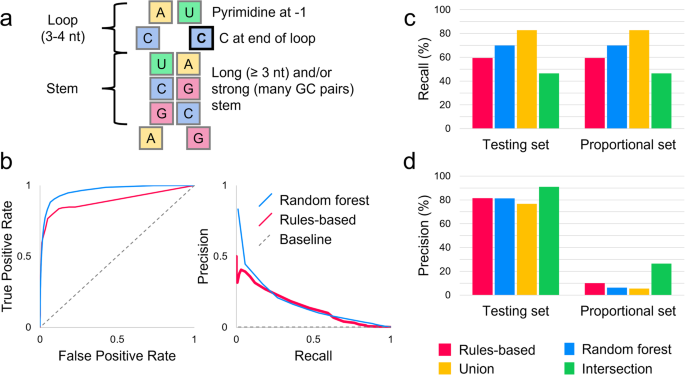2024-05-28 ニューヨーク大学 (NYU)
音楽と音声の違いを明らかにするため、国際研究チームが実験を行いました。300人以上の参加者に音楽や音声に似たノイズを聴かせた結果、音の速度が2Hz以下で規則的な場合は音楽、4Hz程度で不規則な場合は音声として認識されることが分かりました。この発見は、音楽と音声の区別が単純な音響パラメータに基づいて行われることを示しています。
◆この研究は、失語症患者のリハビリに役立つ可能性があり、特にメロディックイントネーション療法(歌うように話す練習法)の設計に貢献します。失語症は多くの人に影響を与える言語障害であり、音楽を用いることで治療効果が期待されます。
<関連情報>
- https://www.nyu.edu/about/news-publications/news/2024/may/is-it-a-sound-of-music-or-of-speech–scientists-uncover-how-our-.html
- https://journals.plos.org/plosbiology/article?id=10.1371/journal.pbio.3002631
人間の聴覚システムは振幅変調を用いて音楽と音声を区別する The human auditory system uses amplitude modulation to distinguish music from speech
Andrew Chang ,Xiangbin Teng,M. Florencia Assaneo,David Poeppel
PLOS Biology Published: May 28, 2024
DOI:https://doi.org/10.1371/journal.pbio.3002631
Abstract
Music and speech are complex and distinct auditory signals that are both foundational to the human experience. The mechanisms underpinning each domain are widely investigated. However, what perceptual mechanism transforms a sound into music or speech and how basic acoustic information is required to distinguish between them remain open questions. Here, we hypothesized that a sound’s amplitude modulation (AM), an essential temporal acoustic feature driving the auditory system across processing levels, is critical for distinguishing music and speech. Specifically, in contrast to paradigms using naturalistic acoustic signals (that can be challenging to interpret), we used a noise-probing approach to untangle the auditory mechanism: If AM rate and regularity are critical for perceptually distinguishing music and speech, judging artificially noise-synthesized ambiguous audio signals should align with their AM parameters. Across 4 experiments (N = 335), signals with a higher peak AM frequency tend to be judged as speech, lower as music. Interestingly, this principle is consistently used by all listeners for speech judgments, but only by musically sophisticated listeners for music. In addition, signals with more regular AM are judged as music over speech, and this feature is more critical for music judgment, regardless of musical sophistication. The data suggest that the auditory system can rely on a low-level acoustic property as basic as AM to distinguish music from speech, a simple principle that provokes both neurophysiological and evolutionary experiments and speculations.


